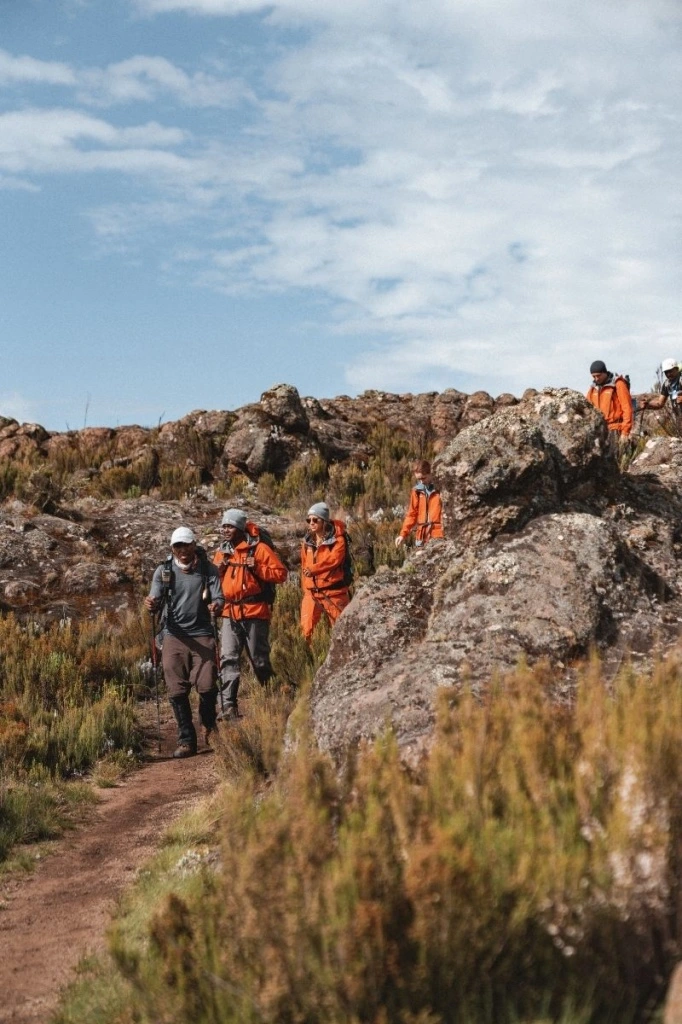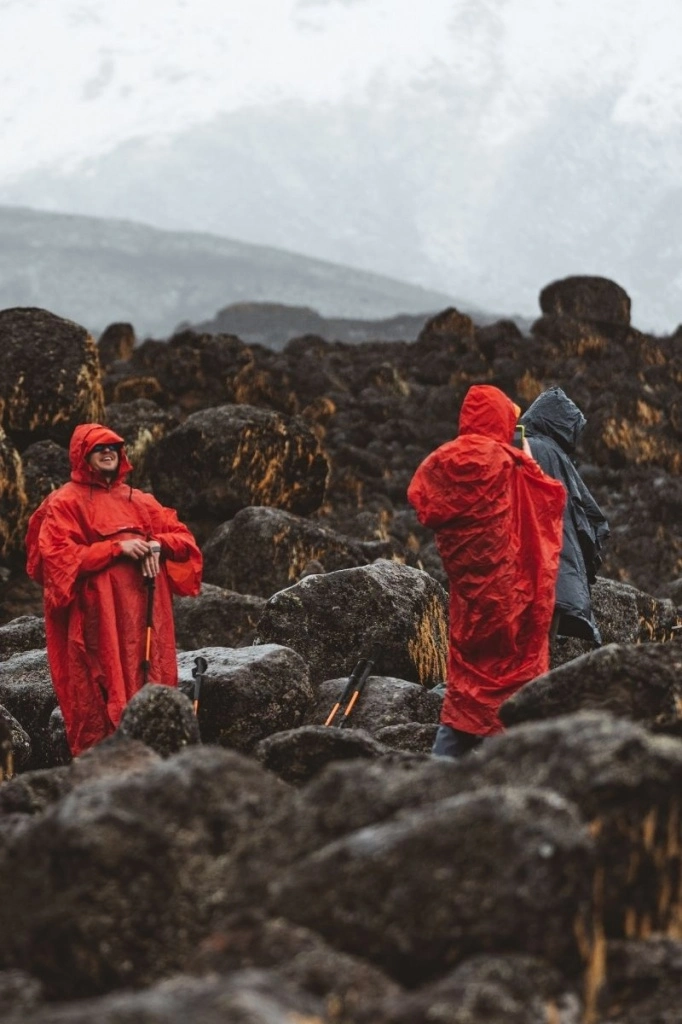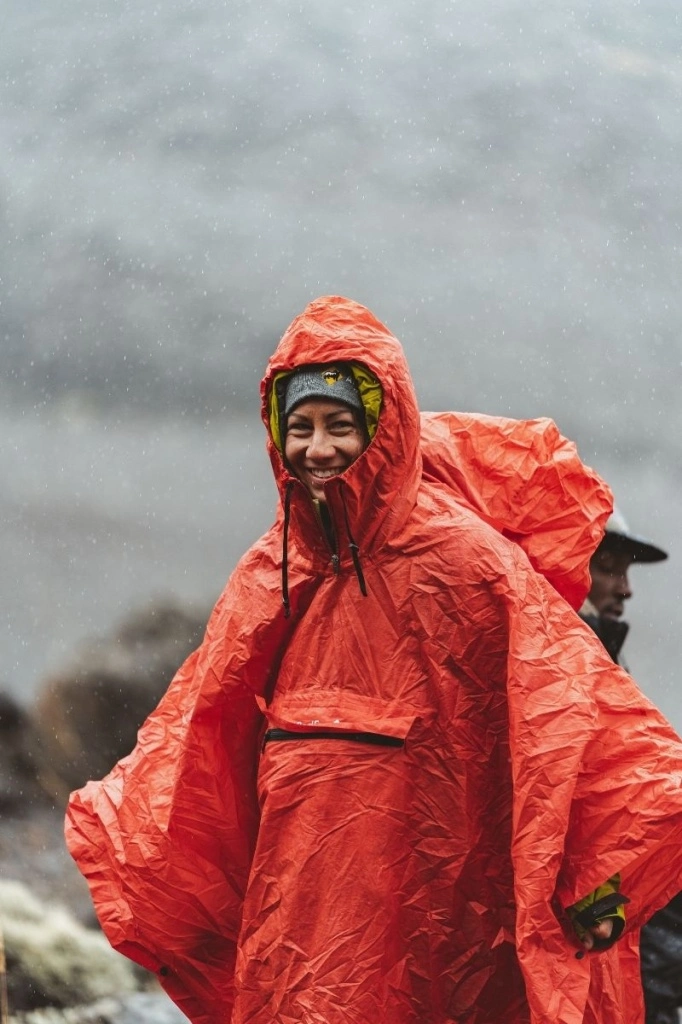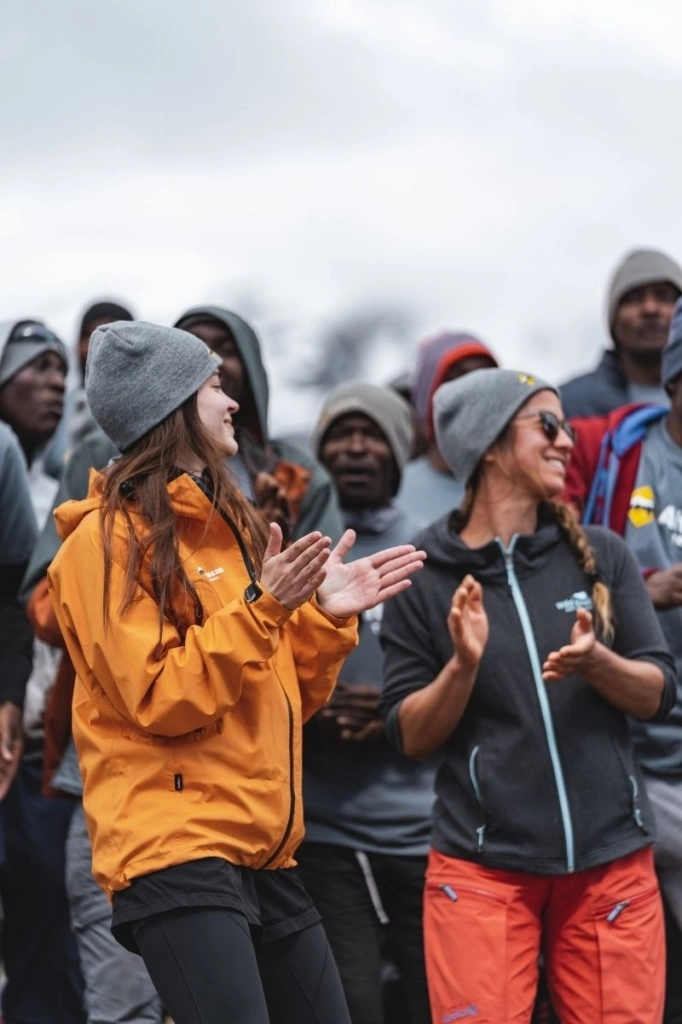Best Time to Climb Kilimanjaro
When choosing the most suitable time for climbing Mount Kilimanjaro, you should consider several factors: the temperature, the views, the density of traffic on the trek, difficulty level and safety. However, the overarching factor that impacts all others is weather.. Mount Kilimanjaro lies in an equatorial climatic zone; instead of four seasons (winter, spring, summer, autumn), the mountain experiences wet and dry seasons only. Wet seasons are in April-May and November. Similar to other tropical countries, predicting exactly when the rain starts and stops is nearly impossible. All other months are the “dry season”, when most of the days are sunny, but still it does not mean a 100% guarantee of clear skies.
There are two main climbing seasons: July-August-September and January-February. Many travelers have their summer or Christmas holidays at that time, while the weather conditions for climbing Mount Kilimanjaro are perfect.
Rainy seasons scare off the majority of climbers. In April, May and November the probability of trekking under the drizzle is very high. Rain softens the soil and makes the rocks slippery, turning your climb into a slower and more risky adventure. However, landscape photographers particularly love the rainy season in Tanzania. More precipitation means more snow on the peak, which makes it possible to shoot the snow-capped summit of Kilimanjaro. Moreover, it is the only time when you can avoid the “rush hours” on the routes, and enjoy some privacy walking virgin-snow-covered treks.
What is the best time to climb Kilimanjaro?
April-May
The “big” rainy season starts at the end of March and continues until the middle of May. April marks the beginning of the coldest time of the year in Tanzania. These months have significantly less climbers than the rest of the year, but there is a high chance of hiking in the rain at this time of the year.
June-July
The frequency of rain gradually decreases. The weather on Kilimanjaro is fairly dry and clear in these months, but nights are still cold. June is usually quiet, sunny, and, in our opinion, much underrated in terms of climbing. It is an excellent idea to choose June for your adventure because of great weather and routes that are almost private to your climbing party. The number of climbers increases as the year progresses. Starting from July the majority of the routes will be quite busy.
The peak climbing season on Kilimanjaro is from August to September. The weather is particularly good for climbing: the days are clear and somewhat warmer than in June/July. At the same time, it may be cloudy in the forest/moorland zone, as well as it may be rainy on the southern routes (Machame and Umbwe). However, once you leave the rain forest behind, it will be sunny.
October is another unfairly ignored season: nice weather conditions last into mid-October and the number of climbers drops dramatically, giving you a good chance to enjoy Kilimanjaro treks almost alone. At the end of October, the weather becomes more changeable. As long as you are equipped to withstand the occasional rain shower, this should not present any major challenges.
November is the “small” rainy season. The rainy weather may last into mid-December. The temperatures will have dropped and mist covers the Mountain, making your climb slightly tricky and risky, yet more challenging and exciting. November might not be the best pick in terms of weather, but gives a great opportunity to enjoy the breathtaking views of misty-covered Mount Kilimanjaro with its snow-capped peak and to take some terrific pictures.
December - January - Christmas and New Years are the second busiest climbing season on Kilimanjaro. The traffic is extremely high, although there is a good chance of rain and thick clouds at the lower altitudes of Kilimanjaro.
Mid-January to mid-March are very popular among climbers. The weather is perfectly balanced: it is neither too cold, nor too wet. The days are generally dry, though occasional rains may happen. The possibility of rain increases in the second half of March because the season of the “big rains” is approaching.
Kilimanjaro Temperature
The temperature on Mount Kilimanjaro correlates with the four distinct climatic zones:
The rainforest zone (800m-3,000m) is warm and humid. Densely covered with green vegetation, this zone temperatures average 12-15°C / 50-60°F (20-25°C / 70-80°F during daytime) at 2,900 m. This is where you are going to spend the first one or two days of your climb, depending on the route.
The low alpine zone (3,000m-4,200m) is a semi-arid area. The higher you climb the scarcer the vegetation becomes. Depending on the route, here you will spend one or two days with average temperatures range 5-10°C / 40-50°F (15-20 °C / 59-68°F during the daytime) at 3,600 m.
The high alpine zone (4,200m-5,000m) is desert-like. You will spend your fourth and fifth day on the Mount here, as well as the final arrangements for summiting at those altitudes. Here the temperatures average around the freezing point (0°C / 32° F) at 5,000m, but during the daytime, when the sun is shining, it can still be quite warm and comfortable.
The summit of Mount Kilimanjaro lies in the glacial zone (above 5,000m) and its temperatures average around -6°C / 21°F. However, keep in mind that all summiting attempts usually start at midnight in order to reach the Uhuru peak by dawn. You will be trekking at night when the temperature can drop to -20°C/-4°F. With harsh gusts of wind, the temperature may feel like it's around -30°C /-22 °F. However, it’s totally worth enduring the cold, because on the top you will see one of the best pictures you have ever witnessed in the light of the rising sun.
Useful Information
There are a few more things worth mentioning about the weather on Kilimanjaro.
You may decide to climb at a less than perfect time, be it because you want to avoid the main rush or because that is the only suitable timing for your holidays. If you do so, consider the Northern Circuit Route or the Rongai Route. The northern side of the mountain is much drier than the other Kilimanjaro routes. Moreover, if you want the best weather on Kilimanjaro but hate crowds, the same applies. Choose your route wisely. There is less traffic on Rongai, Lemosho and Northern Traverse Route than on the popular (and always busy) Machame and Marangu routes.
We at Altezza believe that you can enjoy Mount Kilimanjaro year-round. The difference is in preparation: in September you might need just one set of thermal underwear, Gore-Tex membrane gaiters and boots, two months later in November you should bring three sets of each to make sure that you can continue your climb comfortably in case you get soaked to the skin. Whatever route and season you choose, we at Altezza Travel will do our best to make your Kilimanjaro climb the journey of a lifetime!
 Get PDF
Get PDF






















Which months should I consider for climb if I want to see snow on the top of Kilimanjaro?
Thanks for the article:) So, when it's most crowded is clear, but when is Kilimanjaro least crowded?
1. Start your expedition on Wednesday or Thursday. Based on our analytics from the last three years, these are the least busy days, with half the crowd compared to the rest of the week.
2. Choose the most remote route - Rongai. Eight times fewer climbers choose this route compared to Machame or Marangu. However, near the Summit Camps area, it will merge with the Marangu route. The descent on this route also goes via Marangu, so you will only avoid crowds on the way up.
3. Avoid peak seasons - July to September, and January to February. The best time to climb is just before or after the high season - like the first part of March, the beginning of June, or the end of October - when the weather is still good, but there are much fewer climbers on the trails.